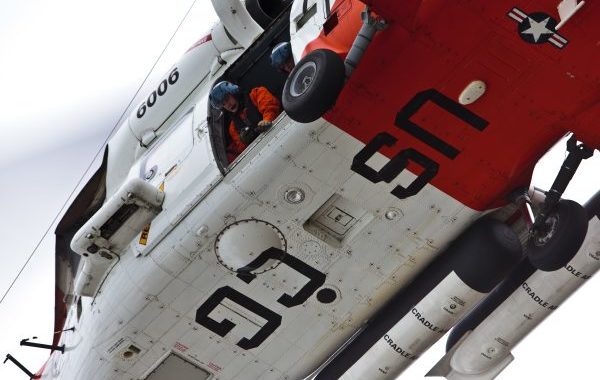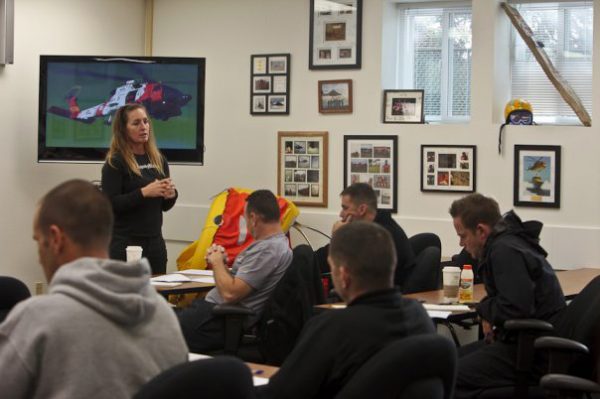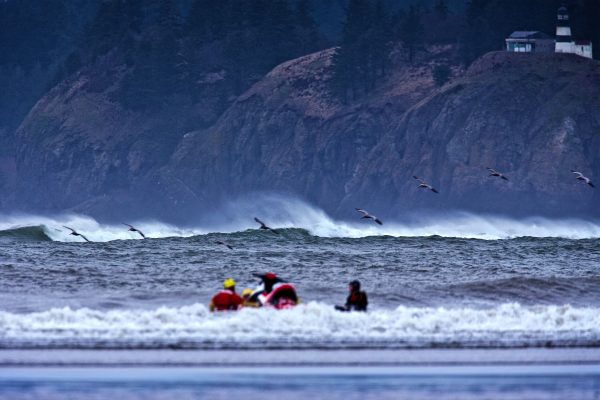August 15, 2018 Safety Alert 13-18
Washington, DC
Let us enlighten you about LED lighting!
Potential interference of VHF-FM Radio and AIS Reception.
The U.S. Coast Guard has received reports from crews, ship owners, inspectors and other mariners regarding poor reception on VHF frequencies used for radiotelephone, digital selective calling (DSC) and automatic identification systems (AIS) when in the vicinity of light emitting diode (LED) lighting on-board ships (e.g., navigation lights, searchlights and floodlights, interior and exterior lights, adornment).
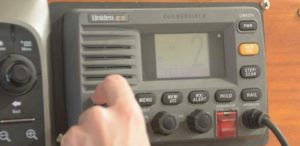
Radio frequency interference caused by these LED lamps were found to create potential safety hazards. For example, the maritime rescue coordination center in one port was unable to contact a ship involved in a traffic separation scheme incident by VHF radio. That ship also experienced very poor AIS reception. Other ships in different ports have experienced degradation of the VHF receivers, including AIS, caused by their LED navigation lights. LED lighting installed near VHF antennas has also shown to compound the reception.
Strong radio interference from LED sources may not be immediately evident to maritime radio users. Nonetheless, it may be possible to test for the presence of LED interference by using the following procedures:
1. Turn off LED light(s).
2. Tune the VHF radio to a quiet channel (e.g. Ch. 13).
3. Adjust the VHF radio’s squelch control until the radio outputs audio noise.
4. Re-adjust the VHF radio’s squelch control until the audio noise is quiet, only slightly above the noise threshold.
Safety Alert 13-18
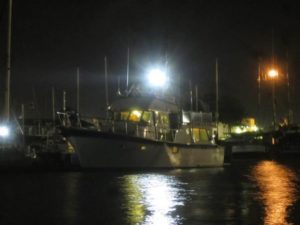
5. Turn on the LED light(s).
If the radio now outputs audio noise, then the LED lights have raised the noise floor. (Noise floor is generally the amount of interfering signals / static received beyond the specific signal or channel being monitored.)
6. If the radio does not output audio noise, then the LED lights have not raised the noise floor.
If the noise floor is found to have been raised, then it is likely that both shipboard VHF marine radio and AIS reception are being degraded by LED lighting.
In order to determine the full impact of this interference, the Coast Guard requests those experiencing this problem to report their experiences to Coast Guard Navigation Center1. Select “Maritime Telecommunications” on the subject drop down list, then briefly describe the make and model of LED lighting and radios effected, distance from lighting to antennas and radios effected, and any other information that may help understand the scope of the problem.
This Safety Alert is provided for informational purposes only and does not relieve any domestic or international safety, operational, or material requirement. Developed by the U.S. Coast Guard, Spectrum Management and Telecommunications Policy Division.
Distributed by the Office of Investigations and Analysis.
Questions may be sent to HQS-PF-fldr-CGF-INV@uscg.mil.

